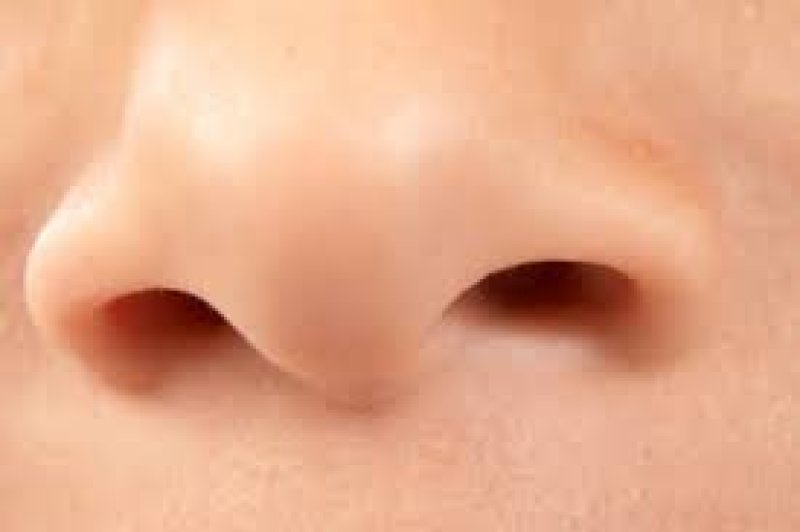What is the largest family of genes in your genome?
Go ahead, guess.
I’m willing to bet you did not guess “smell receptors”. I wouldn’t have. In which case, we’d both have been wrong. According to Ed Yong at his National Geographic blog: “The genes that create smell receptors—the proteins that recognize the molecules we inhale—are the largest family of genes in our genome. They’re also more variable than other genes.”
One more rhetorical guessing game: how many smells do you think you can tell apart? A few hundred? A few thousand even? Ten thousand? Try 1.7 trillion according to the research of Andreas Keller at Rockefeller University.
Yong breaks down Keller’s process:
He gave volunteers three jars, two of which contained the same smell. Their job was to find the odd one out. The team made the smells from the same pool of 128 ingredients, which were mixed together in groups of 10, 20 or 30. They then paired these mixtures up so that some pairs had no ingredients in common, some were almost identical, and most were somewhere in between. Each volunteer sat through 260 of these discrimination tests.
After crunching the numbers, the team found that when the pairs of mixtures overlapped by less than 51 percent, most of the volunteers could tell the difference between them. And if they overlapped by less than 57 percent, most of them were distinguishable. This means that the average person can tell the difference between 1.7 trillion (that’s 1,700,000,000,000) different combinations of 30 ingredients.
And the 1.7 trillion is an average:
At least one person in the study had an exquisitely sensitive nose that could potentially discriminate between more than 10 million trillion trillion combinations of 30 ingredients. Another volunteer could only make out around 70 million of them.
As a consequence of the high variability in our smell receptor genes, “everybody smells the olfactory environment with a different set of receptors and therefore perceives it differently,” Keller told Yong.
Often, questions about how we perceive the world are left to philosophers, but now we have compelling evidence that the smellscape you inhabit is different from mine, and Yong’s from Keller’s.
But why be able to distinguish such an incredibly large number? It’s not so much about number, Keller told Yong. “Smell evolved to help us detect small differences between different smells: the smell of my baby compared to the smell of my neighbour’s baby, or the smell of fresh milk compared to the smell of spoiled milk.” So in developing the ability to distinguish many similar smells, we ended up able to distinguish a wide array of individual scents.
We tend to hold up other members of the animal kingdom as sensory exemplars: dogs for smell, hawks for sight, sharks for having an ability to detect tiny electric currents we can’t even dream of. But if Keller’s research shows anything, there’s a world of wonder right under our noses and in the genes that help build them.
Kenrick Vezina is Gene-ius Editor for the Genetic Literacy Project and a freelance science writer, educator, and amateur naturalist based in the Greater Boston area.
Read Ed Yong’s full post at his NatGeo blog, Not Exactly Rocket Science: “We Can Distinguish Between At Least A Trillion Smells“
Additional Resources:
- “Can we inherit fear of a smell? The latest on transgenerational epigenetics,” Genetic Literacy Project
- “If beer or blue cheese smell good to you, thank your DNA,” LA Times
- “Sense Of Smell Starts At The Genetic Level,” redOrbit































